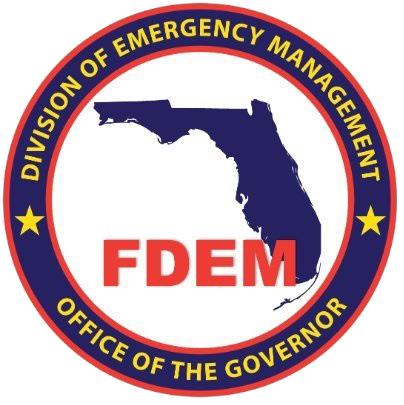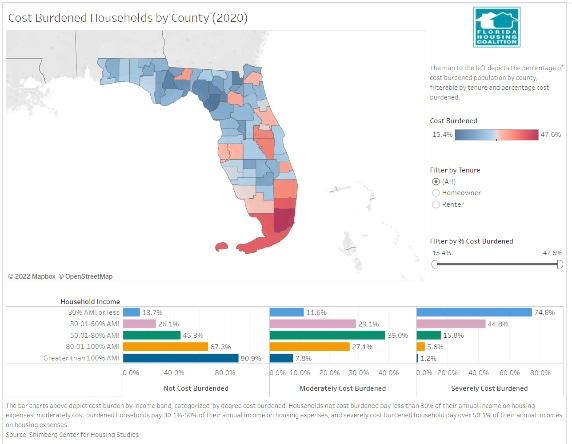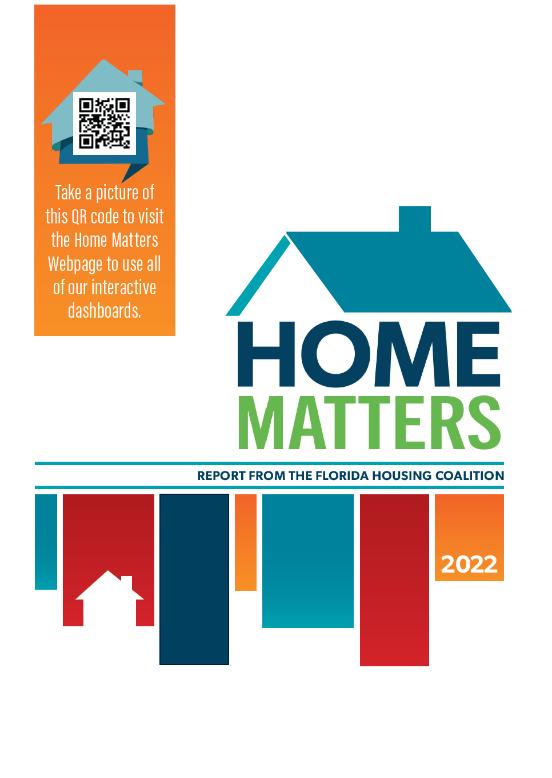
1 minute read
Florida DHTF Report-Out Challenges Successes
Closing congregate shelters and having nowhere to go and multifamily housing. The Florida Housing Coalition has engaged in multiple mitigation planning initiatives statewide to make housing more resilient to natural disasters. Regional planning councils have worked to coordinate housing resilience with mitigation and disaster recovery planning. SHIP administrators are reaching out to emergency management operations to build a transfer system from shelter to repaired or replaced homes. Hurricanes such as Ian and Nicole always remind us of the urgency of mitigation planning to achieve a resilient housing stock. The DHTF has already proven beneficial to the quick response. Sustaining this group of stakeholders will help to increase resiliency and increase the efficiency of recovery from future disasters.
• The City has provided emergency rental assistance to applicants who were behind in their rent and utility payments. We have also provided hotel/motel vouchers to clients who were waiting on permanent housing.
Advertisement
• State agencies have been on every call re: disaster housing that I have been on.

• Information sharing from FEMA and the TSA (aka ELA) contractor.
• Crisiscleanup.org, Team Rubicon, Operation BBQ Relief, etc. were a huge help to so many; the VOADS have been great.
Thanks to the Wells Fargo Foundation, the Florida Housing Coalition was awarded funding to allow it to dedicate its Resilience and Disaster Recovery Team to develop training, provide technical assistance, and participate in the Disaster Housing Task Force for the next few years. All meetings of the DHTF and its Working Group are recorded and posted https://flhousing.org/disaster-recovery/

Lazarus is a Technical Advisor for the Florida Housing Coalition on the Resilience and Disaster Recovery Team. Dayna has over a decade of experience in community organizing and a Master’s in Urban and Regional Planning from USF where she won several professional and academic fellowships and scholarships.

Cost Burden by County interactive dashboard shows the number of cost-burdened households by income as well as by renter or homeownership. The cost burden for low and very low-income households has increased significantly since 2019 –with 87% and 76% of such households cost-burdened, respectively, a dramatic increase from 77% and 70% in 2019. Cost burden is especially widespread among low-income renters. In fact, cost-burdened renter households consistently place at and above 40% across many Florida counties.









